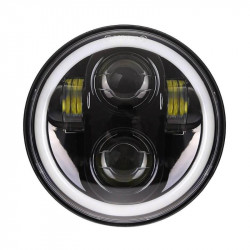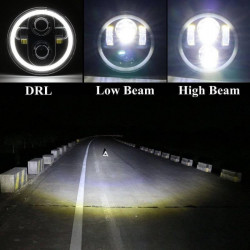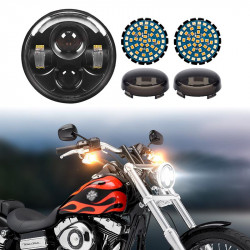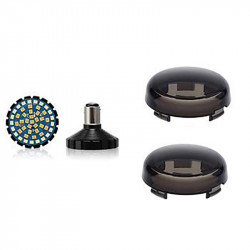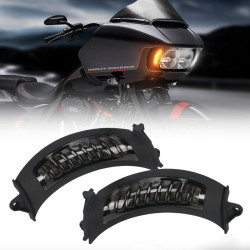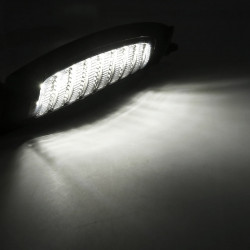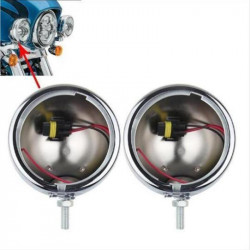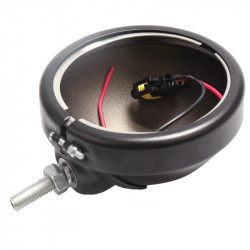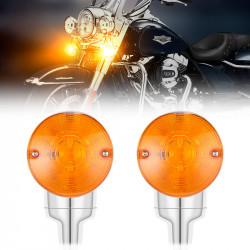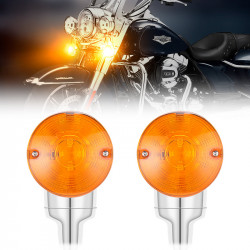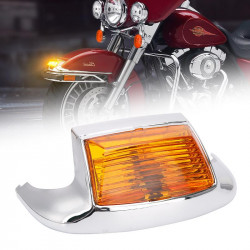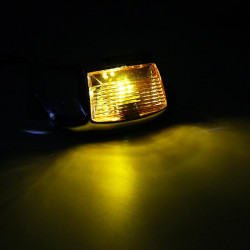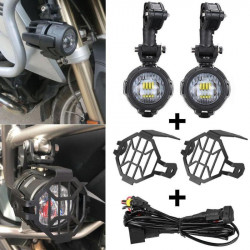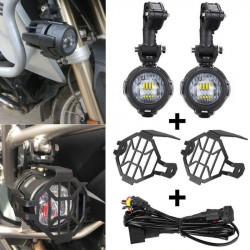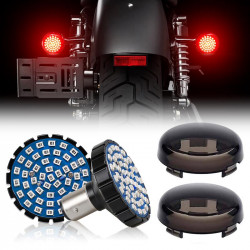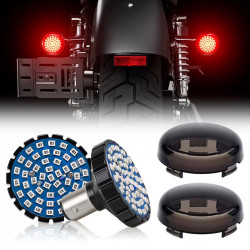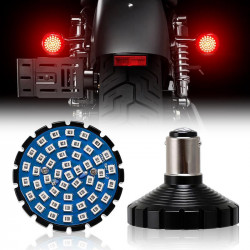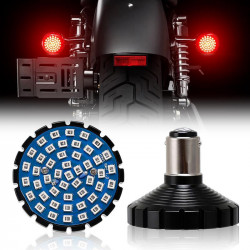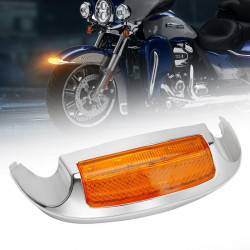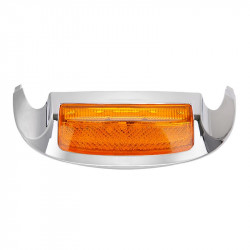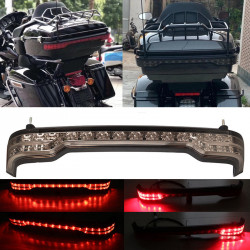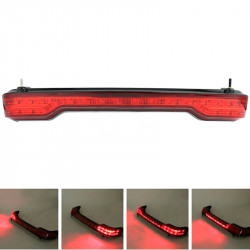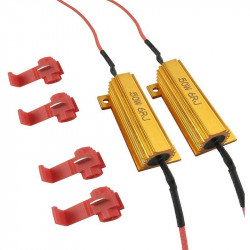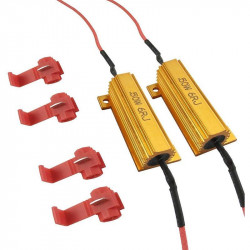5.75 Inch LED Headlight
HOW TO ADJUST AND INSTALL LED SEALED-BEAM HEADLIGHTS
The sealed beam headlamp may seem a little strange for individuals venturing into their first experience driving an older car. As with a modern car, you can't just change the bulb—you must replace the entire unit, housing, etc. Then there's aiming the headlight's beam to make night driving safe and trouble-free. Having your headlights pointed straight into the eyes of oncoming traffic is the surest way to get lights flashed at you, an irate driver blasting their horn, or the original Angry Bird pointed toward you. All humor aside, driving with improperly focused headlights is somewhat dangerous; therefore, aiming your headlights correctly is a cheap and straightforward method to increase your safety.
Can I swap sealed beam headlights for LED headlights?
We recently decided to install Holley RetroBright 7-inch 5700K LED headlights instead of the outdated ones on this 1976 Dodge Charger. Although we desired the contemporary features of LED headlights, we were adamant about maintaining the classic design of our mid-1970s personal luxury coupe's front end. We chose "Modern White" for the 5700K because it is frequently driven, particularly on rural routes with lots of wildlife. The three color tones of Holley RetroBright headlights are Classic White, Modern White, and Euro Yellow. They are sized to fit standard sealed-beam headlight sizes, like:
- 5.75-inch Round
- 7-inch Round
- 4-inch x 6-inch Rectangular
- 5-inch x 7-inch Rectangular
Watch as we walk you through installing a sealed beam headlight system correctly.
First, take off any external trim that surrounds the headlamp. This applied to the Charger's big chrome ring surround, which is fastened in place with three screws.
After that, the headlight retaining ring must be taken off. In our situation, three screws need to be taken out. This is a popular spot to locate rusted screws, so proceed with caution. Now might be an excellent time to acquire a good penetrating oil if you are concerned about breaking a screw or, worse, damaging the headlight retaining ring.
Holding onto the connector, detach the lightbulb while maintaining support for it. Don't simply pull on the lightbulb. When customers do that, we've seen them hold the bulb with the connecter still in place and a few inches of wire hanging off, just in case.
Installing a new bulb is just the opposite of removing the old one. The connector style used by the Holley RetroBright headlights we are installing is the same.
Make sure the headlight retaining ring fits over the light's lens correctly before installing it. A halt should be made, and the retaining ring should be reset if one side appears or feels higher than the other. If you don't, the headlight may get damaged, or the retaining ring may get bent.
After installing the retaining ring, you have two options: attach your trim right away or wait until the headlight is adjusted. This is specific to your vehicle. Our Charger's headlight beam adjustment screws were situated on the outboard point (horizontal motion, left side depicted) and at the top of the headlamp (vertical motion). Make sure you are familiar with your vehicle's configuration since these screws may be located differently in other makes. Remember to apply penetrating oil to the adjustment screws once more, as corrosion is likely to be present.
The next step is to modify the beam pattern after placing your bulbs. Ensure your headlights are not too low to avoid "over-running" them at night and losing too much visibility up ahead. On the other hand, you want to avoid being the motorist who blinds everyone by aiming their light too high. Locate a level wall with a sufficiently level area in front of it so your car can move before you begin. After drawing the vehicle near the wall, mark the location of the beam pattern's center using tape or another marking tool. To precisely determine the horizontal measurement, mark each beam with a vertical tape stripe that forms a cross.
Your target point will be the tape marking on the wall. If you can't find a factory measurement, back the car straight to the distance the manufacturer advises, or 25 feet. One headlight at a time, block it off, then adjust vertically, then horizontally. Our beams were lower vertically than horizontally, as you can see in our prior photo (left), which is attributable to the Charger's tail-up disco attitude. Adjust each adjustment screw 1/4 of a turn at a time until the placement of the beam pattern is what you are happy with.
